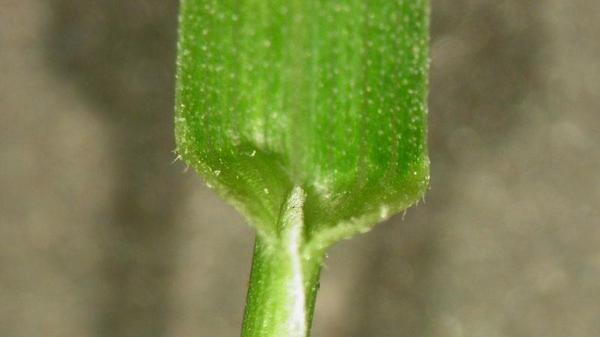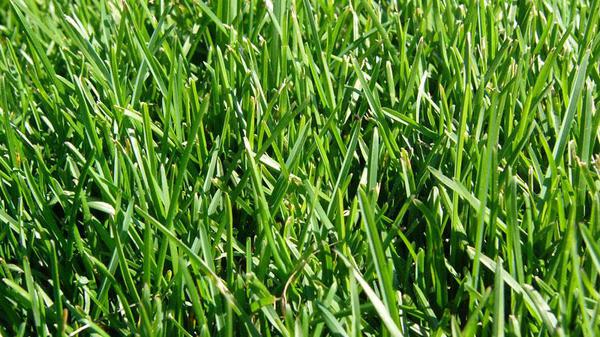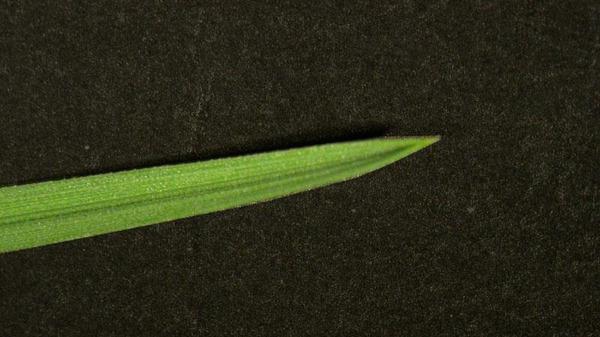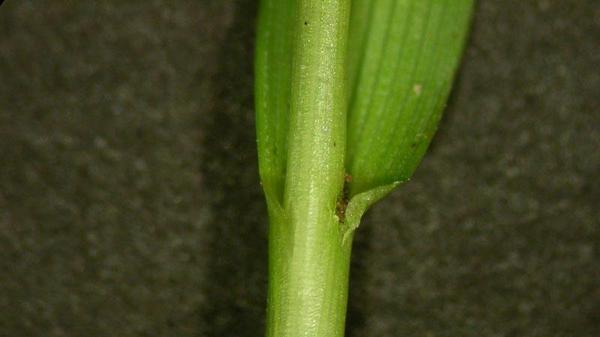Kentucky Bluegrass
en Español / em Português
El inglés es el idioma de control de esta página. En la medida en que haya algún conflicto entre la traducción al inglés y la traducción, el inglés prevalece.
Al hacer clic en el enlace de traducción se activa un servicio de traducción gratuito para convertir la página al español. Al igual que con cualquier traducción por Internet, la conversión no es sensible al contexto y puede que no traduzca el texto en su significado original. NC State Extension no garantiza la exactitud del texto traducido. Por favor, tenga en cuenta que algunas aplicaciones y/o servicios pueden no funcionar como se espera cuando se traducen.
Português
Inglês é o idioma de controle desta página. Na medida que haja algum conflito entre o texto original em Inglês e a tradução, o Inglês prevalece.
Ao clicar no link de tradução, um serviço gratuito de tradução será ativado para converter a página para o Português. Como em qualquer tradução pela internet, a conversão não é sensivel ao contexto e pode não ocorrer a tradução para o significado orginal. O serviço de Extensão da Carolina do Norte (NC State Extension) não garante a exatidão do texto traduzido. Por favor, observe que algumas funções ou serviços podem não funcionar como esperado após a tradução.
English
English is the controlling language of this page. To the extent there is any conflict between the English text and the translation, English controls.
Clicking on the translation link activates a free translation service to convert the page to Spanish. As with any Internet translation, the conversion is not context-sensitive and may not translate the text to its original meaning. NC State Extension does not guarantee the accuracy of the translated text. Please note that some applications and/or services may not function as expected when translated.
Collapse ▲Description
Kentucky bluegrass (Poa pratensis) is the second most widely grown cool-season species in North Carolina because it has a dark green color, a medium to fine texture, and, due to its aggressive rhizome system, can recover from stresses. It prefers fertile, well-limed soils and full sun to moderate shade. Kentucky bluegrass is often mixed with other cool-season grasses like tall fescue to enhance the ability of the turfgrass stand to recover from stresses. Kentucky bluegrass is often confused with tall fescue and/or perennial ryegrass. However, Kentucky bluegrass has a boat-shaped leaf tip and distinctive light-colored lines on both sides of the midrib.
Lawn Maintenance, Athletic Field Maintenance and Cultivar Selection
- For a month-by-month Kentucky bluegrass lawn maintenance calendar, see Tall Fescue and Kentucky Bluegrass Home Maintenance Calendar.
- For guidance on maintaining athletic fields, see Athletic Field Maintenance Calendar.
- 2020 Top Performing Tall Fescue and Kentucky Bluegrass Cultivars Across the Transition Zone and North Carolina
Species Data
- SEEDHEAD / FLOWER
- seedhead is an open panicle. spikelets are flattened, with 3-5 seeds each.
- VERNATION TYPE
- leaves folded in the bud
- LIGULE TYPE
- membranous; very short, collar-like, 0.008 - 0.04 inches (0.2 - 1 mm) long
Figure 1
- membranous; very short, collar-like, 0.008 - 0.04 inches (0.2 - 1 mm) long
- GROWTH SEASON / LIFE CYCLE
- cool season turf
- AURICLE TYPE
- absent
- LEAF BLADE TIP SHAPE
- LEAF BLADE WIDTH
- 0.08 - 0.16 inches (2 - 4 mm) wide
- STOLON PRESENCE
- absent
- RHIZOME PRESENCE
- present
- COLLAR TYPE
- slightly divided by midrib, may have fine hair on edge
Figure 4
- slightly divided by midrib, may have fine hair on edge
- SHEATH MARGIN
- closed, but splits with maturity
Figure 5
- closed, but splits with maturity







